larson1951
Silver Member
- Joined
- Apr 8, 2009
- Messages
- 4,962
- Reaction score
- 3,893
- Golden Thread
- 0
- Location
- North Dakota
- Detector(s) used
- tesoro
- Primary Interest:
- Other
I found these while going through some more old boxes of junk (now that I am buried in snow)
are these old uniface blades or limace's
I am not familiar with what these are, but I have seen lots of them in my field
I never picked most of them up, I just left them lay
should I be picking them up and saving them??
can anyone date these ?
?
thanks, Larson1951
are these old uniface blades or limace's

I am not familiar with what these are, but I have seen lots of them in my field
I never picked most of them up, I just left them lay
should I be picking them up and saving them??
can anyone date these
 ?
?thanks, Larson1951
Attachments
-
 IMG_1283.webp32.1 KB · Views: 691
IMG_1283.webp32.1 KB · Views: 691 -
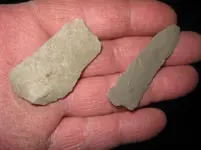 IMG_1284.webp30.8 KB · Views: 688
IMG_1284.webp30.8 KB · Views: 688 -
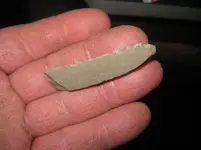 IMG_1285.webp21.5 KB · Views: 687
IMG_1285.webp21.5 KB · Views: 687 -
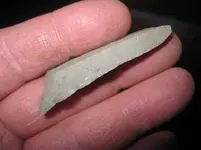 IMG_1286.webp24.7 KB · Views: 687
IMG_1286.webp24.7 KB · Views: 687 -
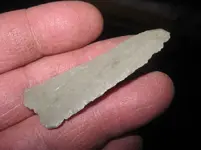 IMG_1287.webp26.3 KB · Views: 671
IMG_1287.webp26.3 KB · Views: 671 -
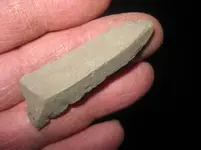 IMG_1296.webp24.6 KB · Views: 669
IMG_1296.webp24.6 KB · Views: 669 -
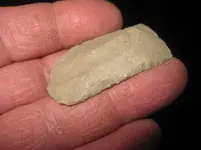 IMG_1288.webp23.6 KB · Views: 663
IMG_1288.webp23.6 KB · Views: 663 -
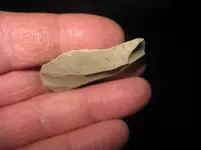 IMG_1289.webp16.1 KB · Views: 671
IMG_1289.webp16.1 KB · Views: 671 -
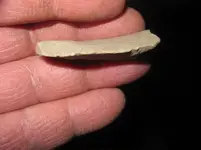 IMG_1290.webp21.2 KB · Views: 659
IMG_1290.webp21.2 KB · Views: 659 -
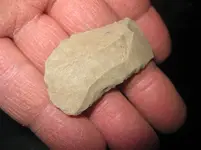 IMG_1291.webp27.1 KB · Views: 666
IMG_1291.webp27.1 KB · Views: 666
Upvote
0








